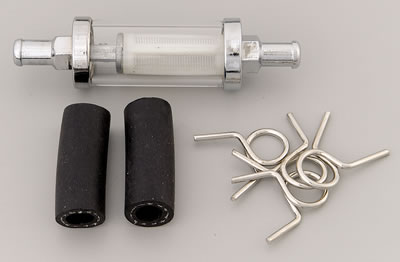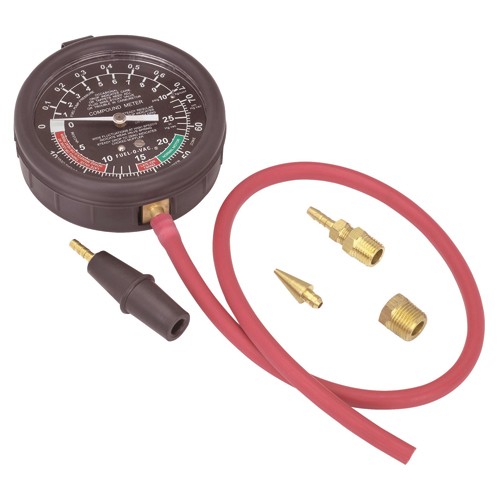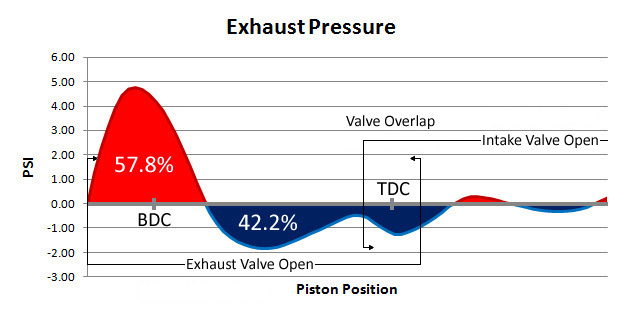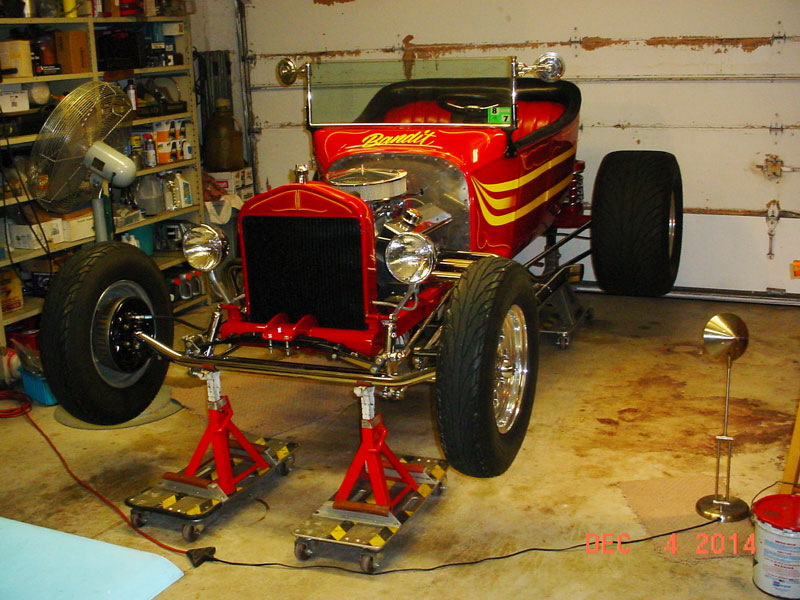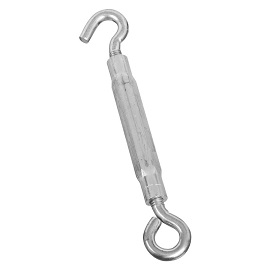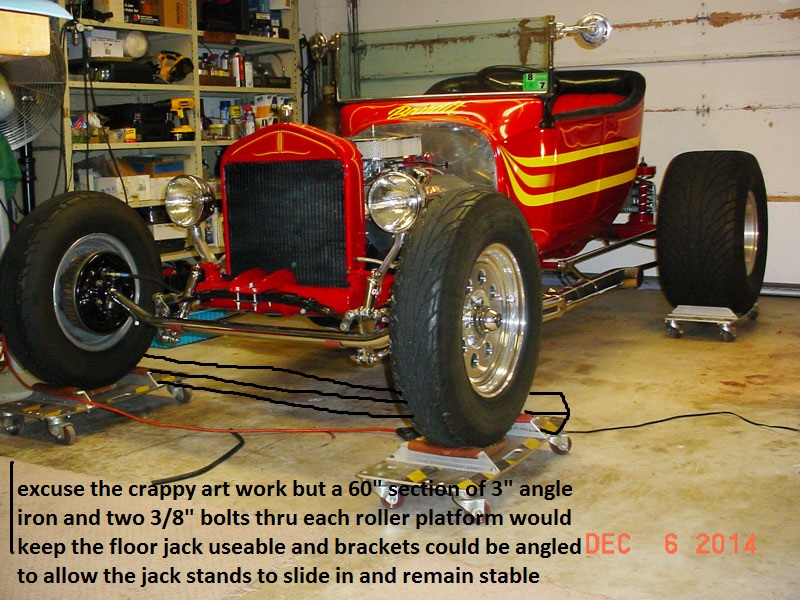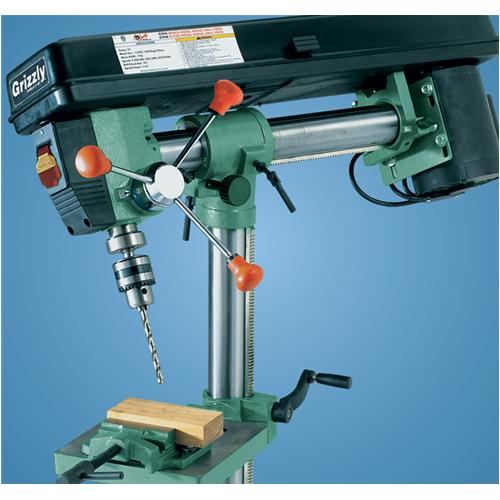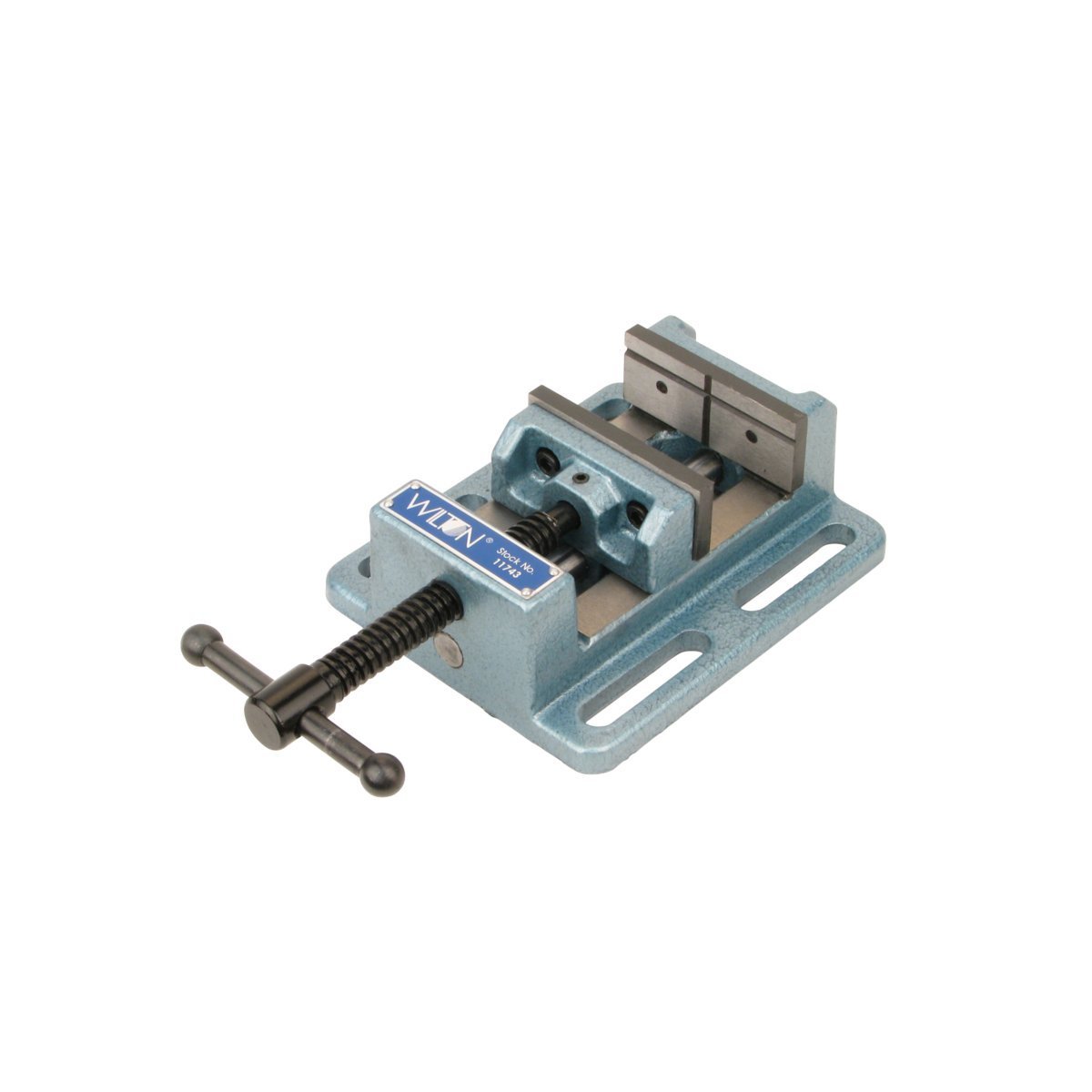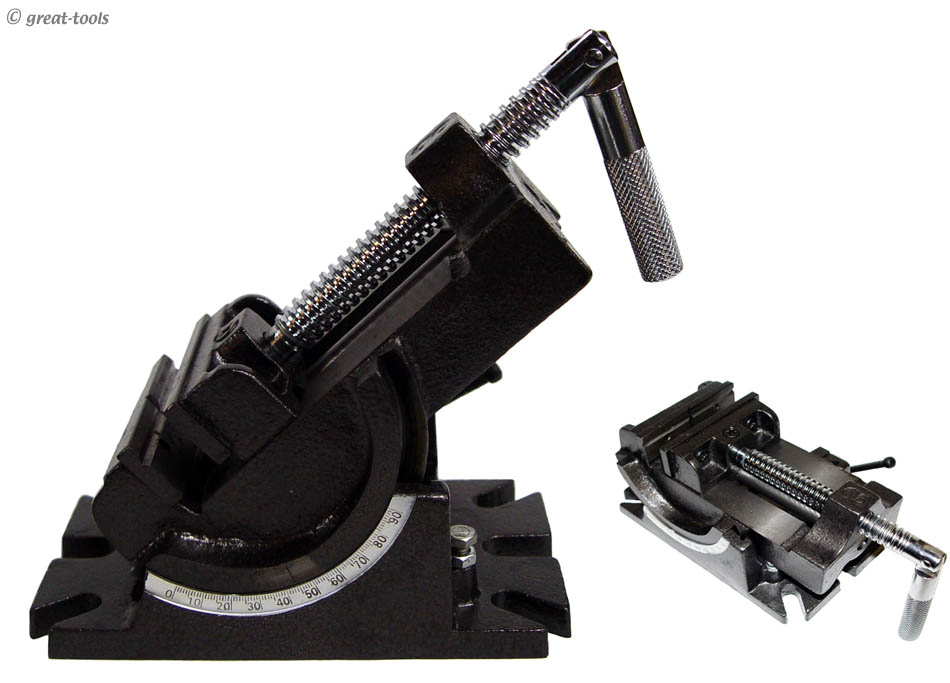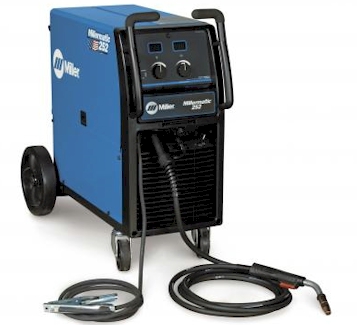but what always amazes me is how few people bother to buy and use a simple vacume/pressure gauge to actually test and measure back pressure.
without, testing and having the facts,and knowing what your dealing with it seems foolish to rush out and spend hundreds of dollars on a new exhaust that may or may not solve your problems or to ignore a problem that you can easily test for and verify before spending any money on a problem you can prove is caused by a restrictive exhaust system, basing your parts selection on what your trying to accomplish, and whats required to reach your goal, rather than random guess work seems to be the cheaper route in the long run in my opinion.
drilling a small easily re-welded test hole in the header collector , or an adapter on an oxygen sensor bung gives you access for testing back-pressure
you might be surprised at what a few tests show you and how much time and money you can avoid wasting
you drill a 1/8" hole in the collector to insert a temporary test probe made from 1/8" copper tubing attached to a section of vinyl hose back to the test gauge, angle or point the end of the test probe tube,toward the exhaust exit not the engine, that hole you drill for test access can easily be brazed closed after the test, OR in an ideal world you weld a 1/8" Nation Pipe Thread bung on the collector, so you can test with a removable screw threaded adapter and close the threaded bung with a brass plug when your done, a buddy reads the gauge with the line run into the passenger seat and the gauge or in an ideal world you mount the gauge in the car as a reference for tuning
BTW if youve got one of these nearly worthless (for a true high hp application)fuel filters, that can break and cause a fire hazard,
they can be quite useful inserted in the vacume line between the exhaust or intake your testing and the gauge your testing with as they make a rather effective pulse damper or reducer that limits the gauge needle rapidly twitching making it harder in some applications to get a clear reading, anything over 2-3 psi at peak rpm indicates an exhaust flow restriction thats costing you power
http://www.harborfreight.com/fuel-pump- ... 93547.html
you can,t make intelligent decisions without facts, and you get the facts by testing!
and it should be obvious that testing needs to be done under the current operational conditions at the rpm range that your concerned with.
A stock automotive exhaust might have over 5 psi OF BACK PRESSURE, AT PEAK RPMS WHERE EXHAUST FLOW IS AT MAX,or even more in a few cases, of back pressure in the exhaust system if measured at the collectors at max engine rpm, with a decent accurate pressure gauge, while a good aftermarket exhaust system will roughly cut that in half to the 3-5 psi range. BUT An excellent performance exhaust will get down in the 1-2 psi or LOWER restriction to flow range at max engine rpm.
keep in mind that the efficiency of the headers scavenging the cylinders , and helping to draw in the following intake charge,is almost totally dependent on maintaining a very low flow restriction or back-pressure in the collectors ,especially at mid and upper rpm levels, any significant restriction to flow reduces the effectiveness of the headers ability to scavenge the cylinders by allowing the previous exhaust gas inertia mass to help drag in the next intake charge following it into that cylinder as it exits the cylinder thru the tuned headers primary's.
one of the most common and least tested, factors in most engine build ups is testing for restrictions to building increased horsepower. a huge problem is in restrictive exhaust systems that can not effectively allow the headers to scavenge the burnt gases from the cylinders, a good open collector on a well designed header can reduce the back pressure at the exhaust port to a negative pressure significantly increasing cylinder scavenging out the exhaust, thus helping draw in a fresh intake charge.[/b][/size]
is exhaust back pressure killing performance ?






